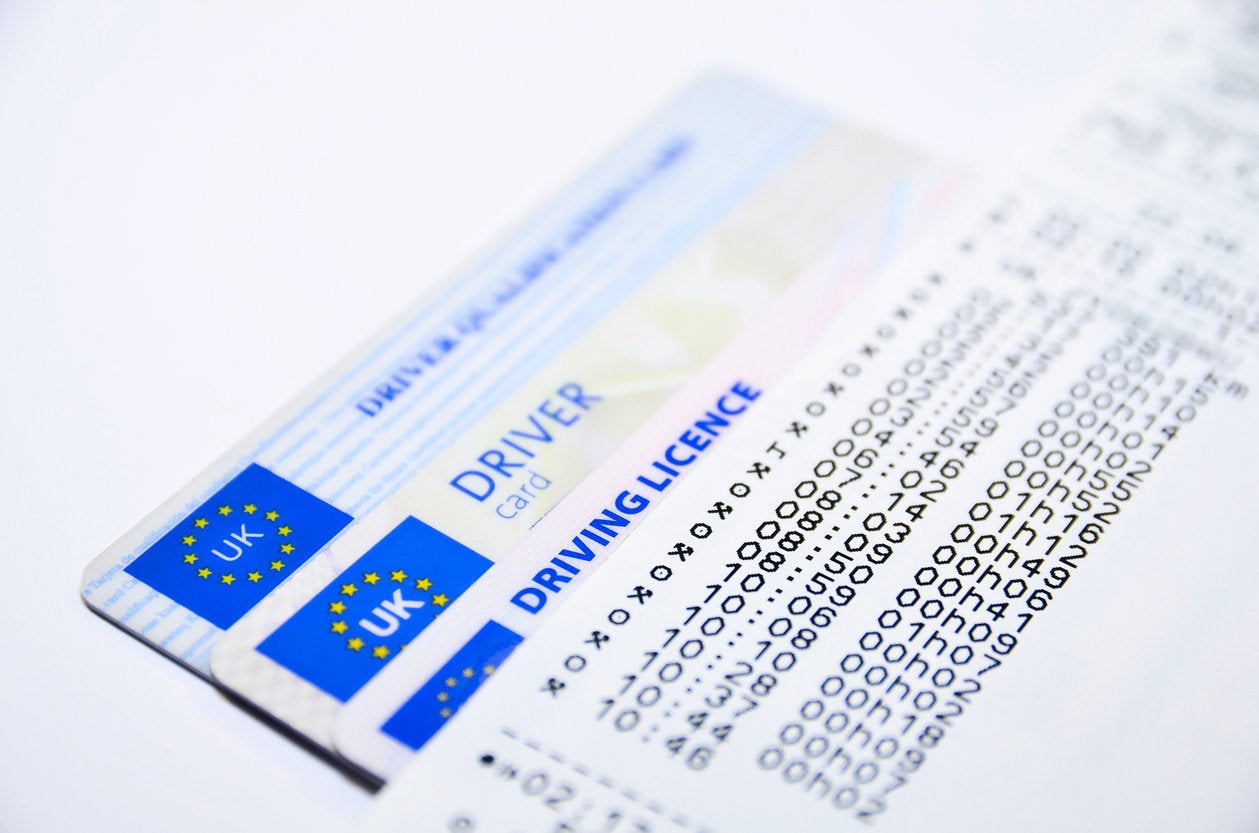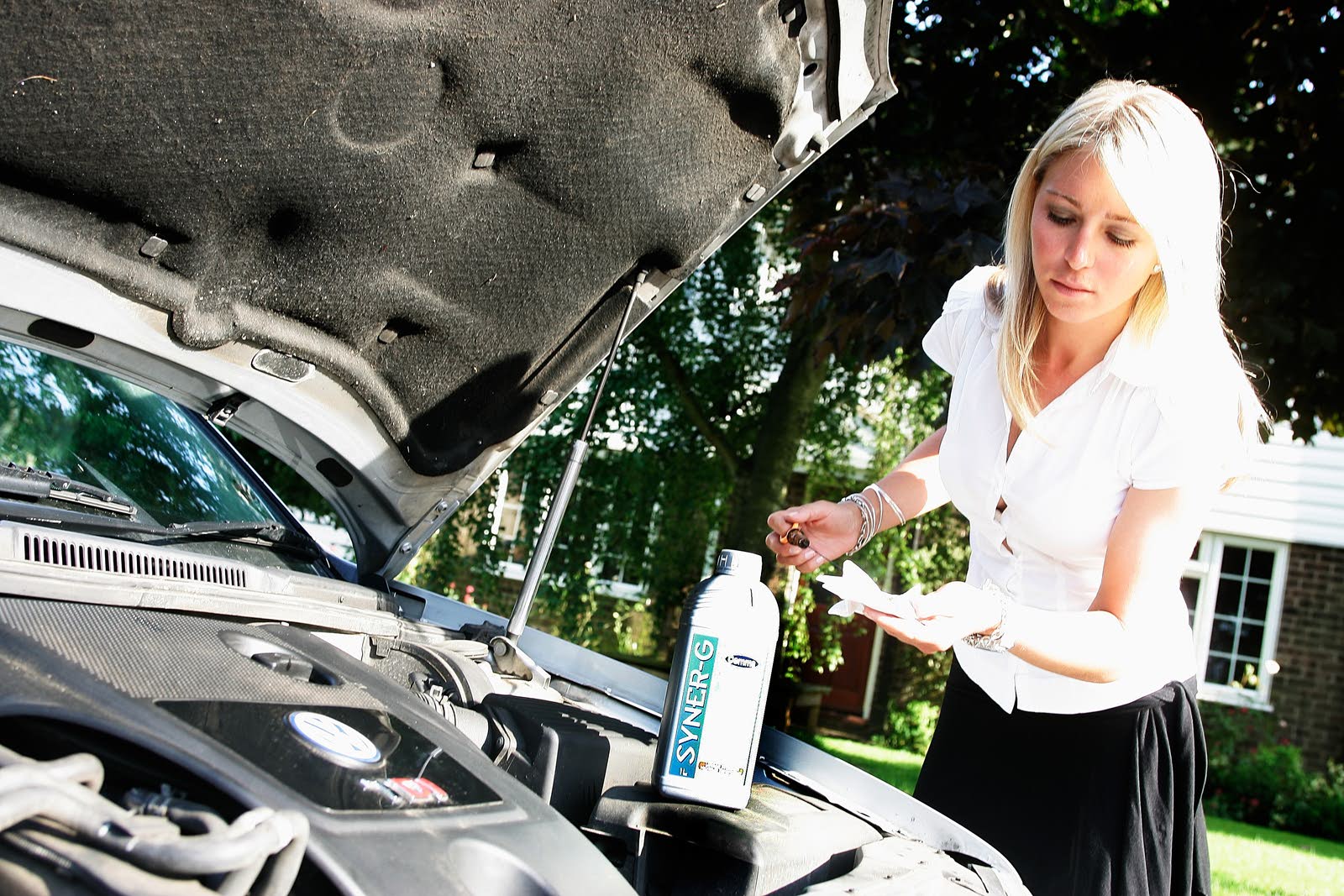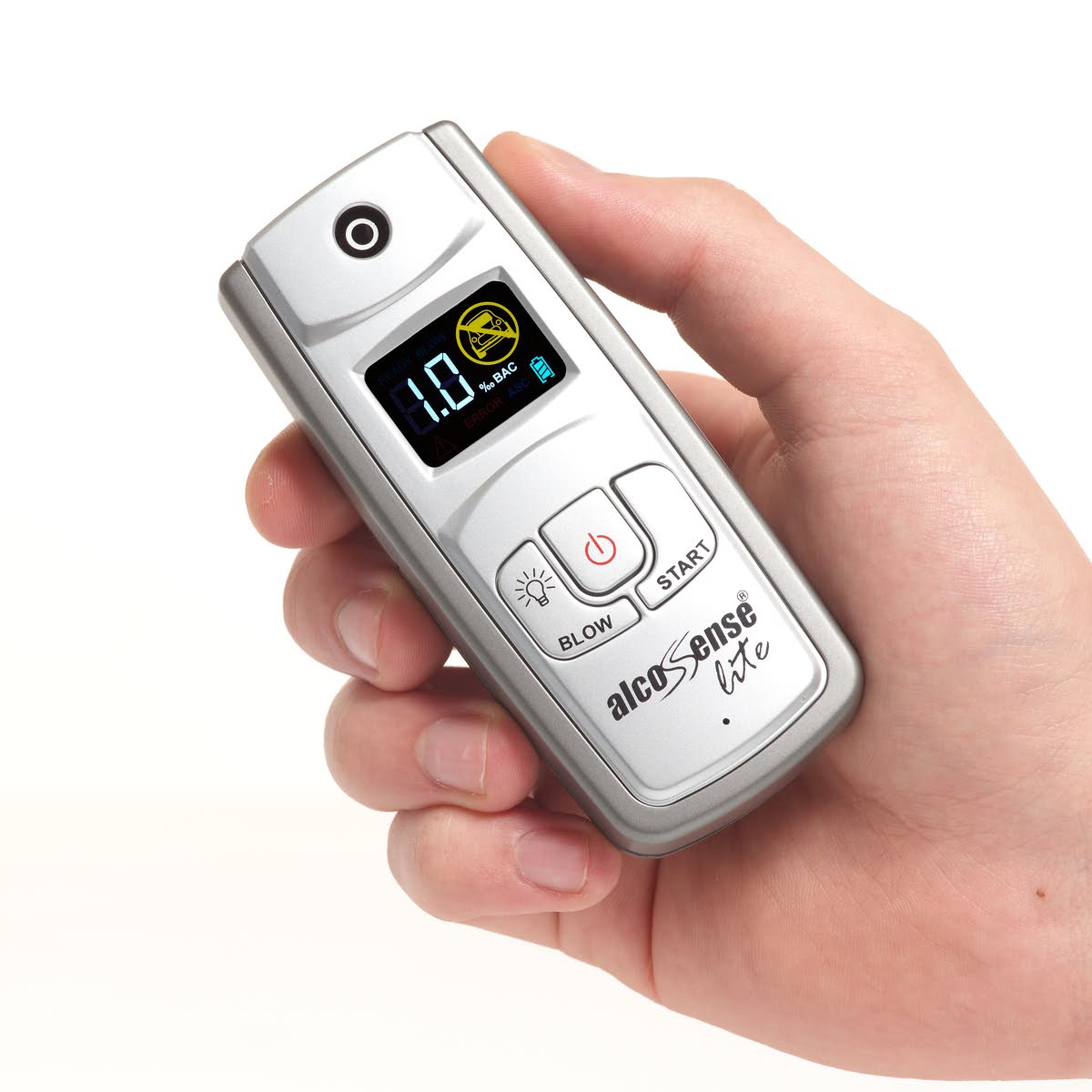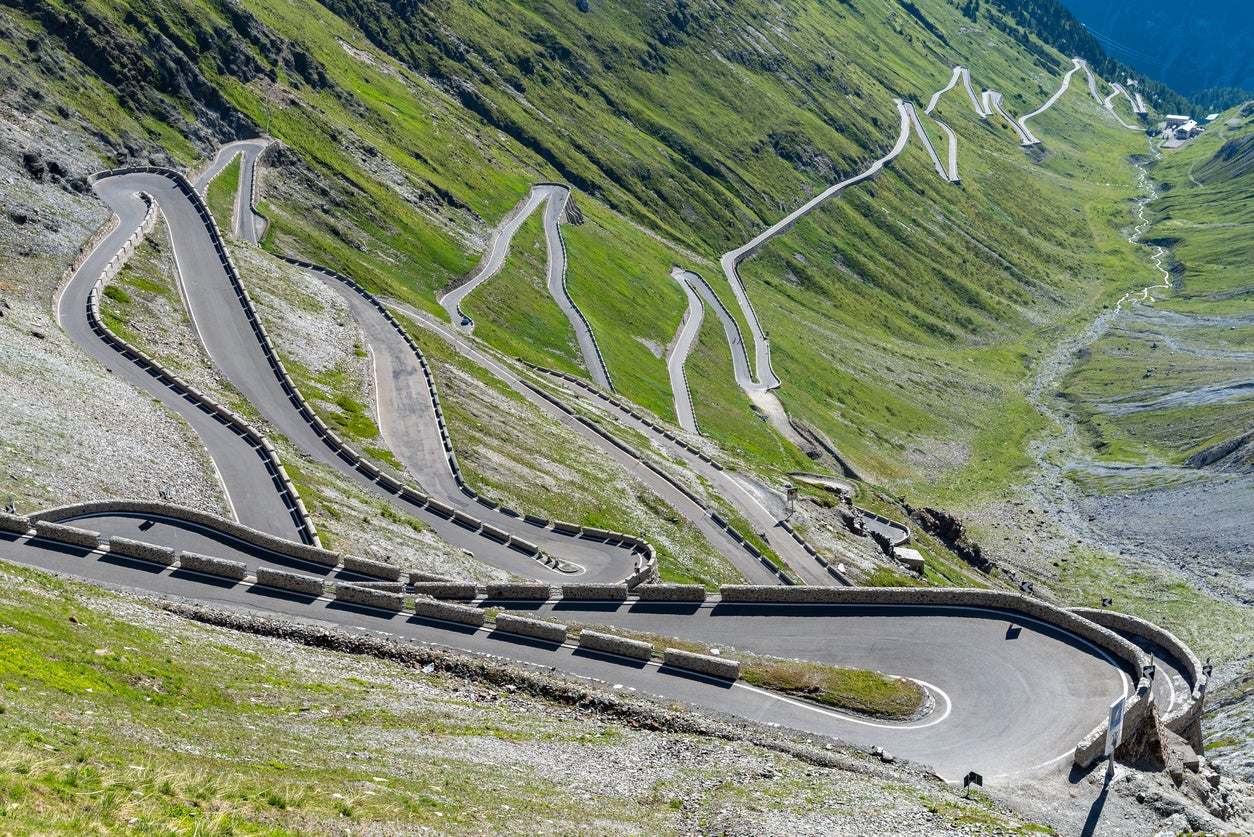One of the many great things about living in the UK is the ability to hop on a ferry or the Eurotunnel and be in mainland Europe in a matter of hours. It’s no wonder so many of us choose to spend our holidays exploring countries such as France, Belgium, Germany, and Spain. But since Brexit, there are new rules for motoring in Europe, and it's important to understand what's different, and what you need to do to comply with the law.
If you are taking your own car abroad and want to know how best to prepare, this post-Brexit guide is for you. If you prefer to sort out a car when you get there, check out our Guide to Hiring a Car Abroad instead.

Paperwork
First, the good news – your driving licence will still be valid to drive in most member states in the European Union, although some may also require an International Driving Permit or IDP. You can buy these at Post Offices for £5.50. There are two different types, known as 1968 and 1949, and you should check which applies to the country you're visiting.
The need for an IDP will usually arise if you only have a paper UK licence, rather than a photocard. UK drivers with licences issued in Gibraltar, Guernsey, Jersey or the Isle of Man may need one. The UK government advises you to check with the embassy of the country you're planning on visiting to see if you need an IDP. To find out more, read our Guide to Applying for an International Driving Permit.
One big change is with motor insurance. Motorists now need a green card from their insurer to prove that they're covered while driving in EEA countries (EU countries and Iceland, Liechtenstein, Norway and Switzerland), Andorra and Serbia. Make sure you apply for this well in advance of your trip; it's best to speak to your insurance company at least six weeks before you leave. You'll need separate green cards if you're taking a trailer or caravan.
Make sure you check your level of car insurance cover. The green card acts as proof of third-party cover, meaning that while you’ll be insured for the cost of damage to another car, it is your responsibility to pay for any repairs to your own. This may not be the same as the cover you get from your insurance provider in the UK.
As before, it's a good idea to get a free paper copy of your driving licence by applying for a licence check code and downloading the relevant PDF. It’s also wise to make a copy of your driving licence card to carry along with the original and your car’s V5C registration certificate, also known as the logbook. If you don’t own the car (if, for example, it’s a company car), you’ll also need a letter of authorisation from whoever does. Hire or lease cars will need a VE103 certificate.
Organising European breakdown cover is another smart move. This will not only pick up the bill if your car needs to be towed, but usually gives you access to an English-speaking recovery service.
Although not a legal requirement, the European Health Insurance Card (EHIC) card gives you access to cheap or even free emergency healthcare and is itself free. This should be considered in addition to travel insurance, not as a replacement for it.
If you already have an EHIC then it will continue to be valid in EU countries. If you don't, you'll can apply for a new UK Global Health Insurance Card (GHIC) on the NHS website. You'll need one for every person in your car.

Preparing Your Car
Before packing your passports, make sure your car is up to a European jaunt to allow yourself some peace of mind. For example, if it’s nearing its service date, you might want to book an appointment with a garage early, and you’ll also need enough MoT and tax to cover the duration of your trip.
You should check your car’s oil and coolant levels before setting off, top up your screen wash (and any AdBlue diesel liquid if necessary), and make sure the tyres have plenty of tread left. If the car is going to be fully loaded, you might need to adjust the amount of air in the tyres, too. Your car’s handbook will offer guidance on this.
You'll also need a GB sticker on the bodywork, even if there's already a GB marking on your numberplate. This doesn't apply in Ireland. You could also run into trouble if your headlights dazzle other drivers while driving on the right, so either adjust their settings or – if that’s not possible – carry a set of headlight converters for driving at night.

Equipment
Chances are your car is already bursting with holiday luggage, but there are a few simple pieces of equipment you’ll need to pack, whether dictated by law or simple common sense. For example, you should have a high-visibility jacket for every person in the car (kept in the passenger compartment, not the boot), a pair of disposable breathalysers, a warning triangle, and a first aid kit.
If you take a satellite navigation system, you’ll need to turn off speed-camera warnings to comply with the laws in many European countries—including France and Germany. For the same reason, it is illegal to use a speed-camera detector.

Rules of the Road
The most obvious difference between driving in the UK and the rest of Europe is the Continent’s requirement that drivers stay on the right, rather than the left. This might sound obvious, but it can still be worth sticking a note on your dashboard to remind you.
If your car has a digital speedometer that can be converted from miles per hour (mph) to kilometres per hour (kph), switch it over to kph. If it can’t be converted, familiarise yourself with the speedometer’s smaller kph reading to ensure you comply with local speed limits.
You might find that local driving styles are quite different to what you’re used to, so leave plenty of margin for error. As in the UK, it’s sensible not to drink and drive, and if you do fancy a glass of wine with dinner, be aware that drink drive limits are generally much lower in mainland Europe.
Different countries will also have slightly different driving laws, often enforced by hefty on-the-spot fines. For example, motorway speed limits can vary according to weather conditions, and in Germany there are stretches of autobahn without a speed limit at all. Other examples of country-specific laws include different ways of prioritising traffic at junctions and crossroads, the requirement for winter tyres when it snows, and drivers needing to be at least 18 before taking the wheel.

Low Emissions Zones
As concern about air quality in urban areas increases, some cities have started to ban the most polluting vehicles. This isn’t limited to smoke-belching lorries—in many cases it also includes cars.
In France, for example, if you plan to drive in Paris, Grenoble, or Lyon, you will need to apply for a Crit’Air clean air sticker. It costs about £4 and should be displayed in your windscreen. Failing to do so could cost you more than £100.
Similar clean-air schemes exist in certain cities in Belgium, Germany, and Austria, among others. As a general rule, if your trip involves driving in a big city, it’s important to check for any clean-air restrictions before you travel.
Ready to Travel
As you’ll have picked up from this guide, when it comes to driving your own car in Europe, a little preparation will get you a long way. Remember the basics, too, such as making sure any credit cards you plan to take are cleared for overseas use and that dialling 112 in most EU countries will connect you to the emergency services, should you need them.
Armed with this knowledge, and with your car checked, your documents printed, and a bit of research on local road laws, it’s time to hit the road. Now, where did we put that sun cream?

